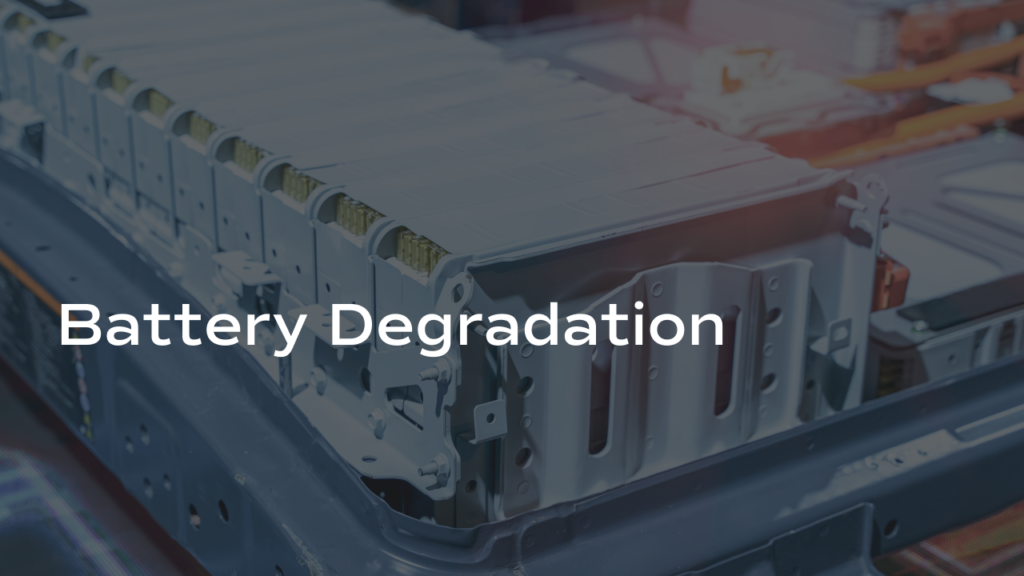Lithium iron phosphate (LiFePO₄) batteries are a popular choice for energy storage applications due to their inherent safety, long cycle life, and thermal stability. Despite these advantages, LiFePO₄ batteries are not immune to degradation over time, especially under prolonged cycling or harsh operating conditions. Understanding the degradation mechanisms that affect LiFePO₄ batteries is essential for improving their performance and lifespan.
1. Structural Degradation of the Cathode Material
One of the most significant causes of degradation in LiFePO₄ batteries is the structural breakdown of the cathode material. The LiFePO₄ crystal structure can undergo alterations during cycling, leading to capacity fade and reduced battery efficiency.
- Phase Transition: During charge and discharge cycles, the LiFePO₄ structure undergoes a phase transition between its olivine (orthorhombic) and high-temperature monoclinic phases. This transition can lead to increased internal stress, causing the crystal structure to break down. The irreversible phase transition can permanently reduce the material’s ability to store lithium ions, leading to a decrease in capacity.
- Volume Expansion: The cycling process involves lithium-ion insertion and extraction, which causes volume expansion and contraction in the cathode. Over time, this repeated mechanical stress can cause particle cracking, reducing the number of active sites for lithium-ion storage and lowering the material’s overall performance.
2. Lithium Plating on the Anode
Lithium plating occurs when the battery is charged too quickly or in cold conditions, leading to the deposition of metallic lithium on the surface of the anode rather than intercalating into the graphite. This can cause several issues, including:
- Reduced Capacity: The metallic lithium does not contribute to the electrochemical reaction, which reduces the effective capacity of the battery.
- Short Circuits: If lithium plating becomes excessive, dendrites can form, potentially piercing the separator and causing internal short circuits. This can lead to safety hazards, including thermal runaway.
To mitigate this, managing the charge rate and ensuring optimal temperature conditions during charging are crucial.
3. Solid Electrolyte Interphase (SEI) Growth
The SEI layer is a thin film that forms on the anode surface as a result of electrochemical reactions between the electrolyte and the electrode. While the SEI layer plays a crucial role in stabilizing the anode, its growth over time can lead to several issues:
- Increased Internal Resistance: As the SEI layer thickens, it increases the internal resistance of the battery, reducing its efficiency and leading to higher energy losses during cycling.
- Loss of Active Lithium: A thick SEI layer can consume lithium ions and block their ability to diffuse into the anode, which reduces the battery’s capacity.
- Limited Cycle Life: The continuous formation and growth of the SEI layer over numerous charge/discharge cycles contribute to the degradation of battery performance.


